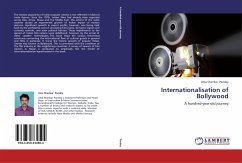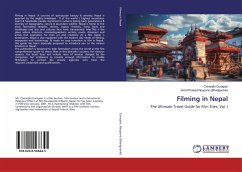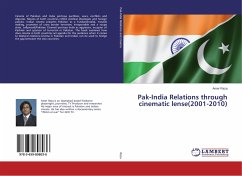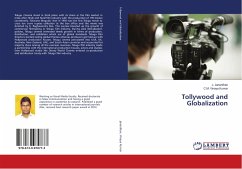
Internationalisation of Bollywood
A hundred-year-old journey
Versandkostenfrei!
Versandfertig in 6-10 Tagen
52,99 €
inkl. MwSt.

PAYBACK Punkte
26 °P sammeln!
The massive popularity of Indian popular cinema is not reflected in bilateral trade figures. Since the 1970s, Indian films had already been exported across Asia, Africa, Russia and the Middle East. The advent of the video cassette caused an exponential growth of Indian export of motion pictures. Significant growth in export profits, however, was being held back by the prohibitive cost of circulating film prints, stringent import and currency controls, and even political barriers. These impediments to the spread of Indian film culture were debilitated, however, by the arrival of video cassette ...
The massive popularity of Indian popular cinema is not reflected in bilateral trade figures. Since the 1970s, Indian films had already been exported across Asia, Africa, Russia and the Middle East. The advent of the video cassette caused an exponential growth of Indian export of motion pictures. Significant growth in export profits, however, was being held back by the prohibitive cost of circulating film prints, stringent import and currency controls, and even political barriers. These impediments to the spread of Indian film culture were debilitated, however, by the arrival of video cassette technologies. This book maps the various theoretical constructs concerning the international flow of cultural goods in general and films in particular. It traces the historic growth of popular Indian cinema also known as Bollywood. This is contrasted with the condition of the film industry in the neighboring countries. A survey of viewers of film viewers in Nepal is conducted to empirically test the model of internationalisation hypothesized in the book.












